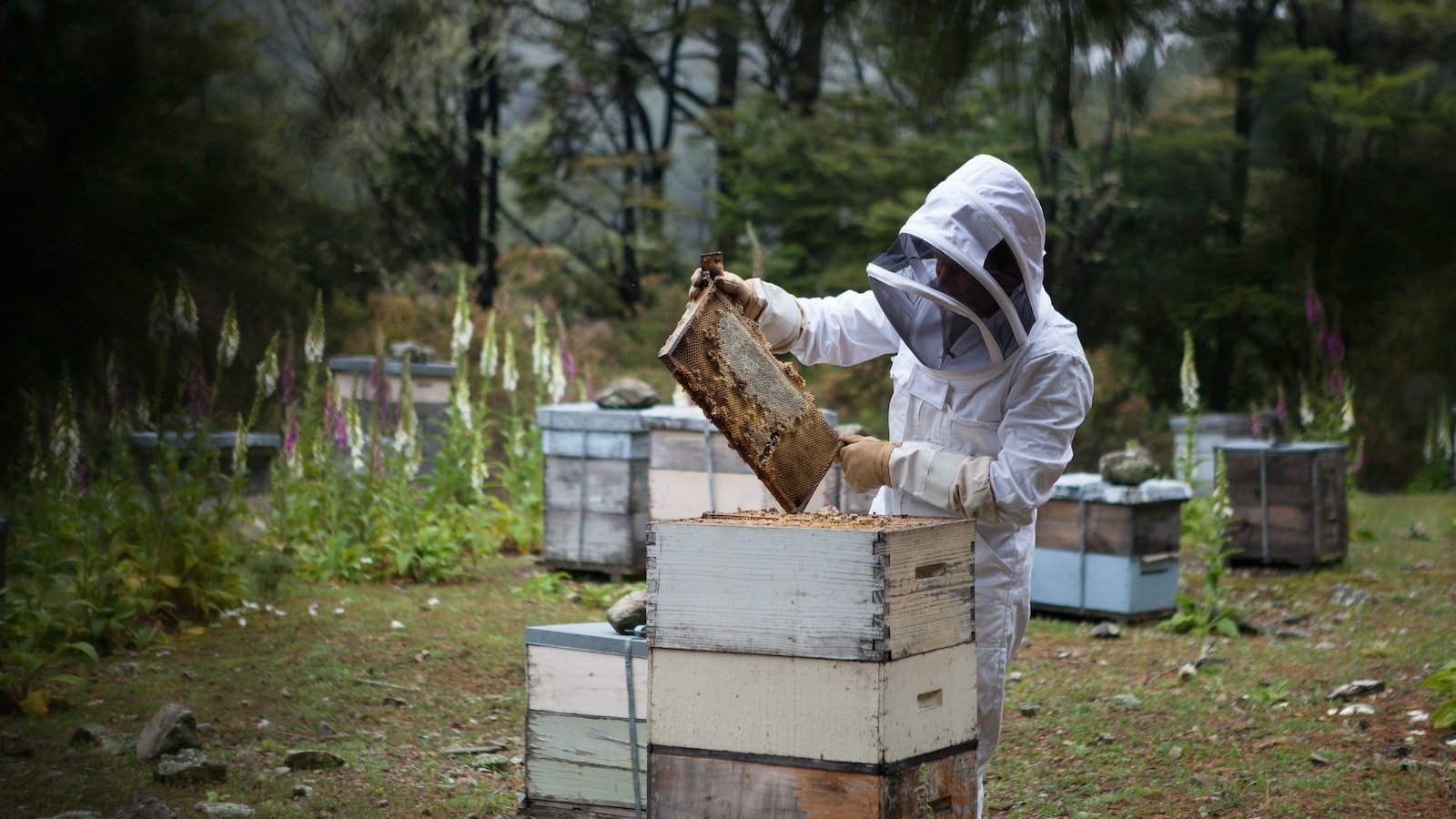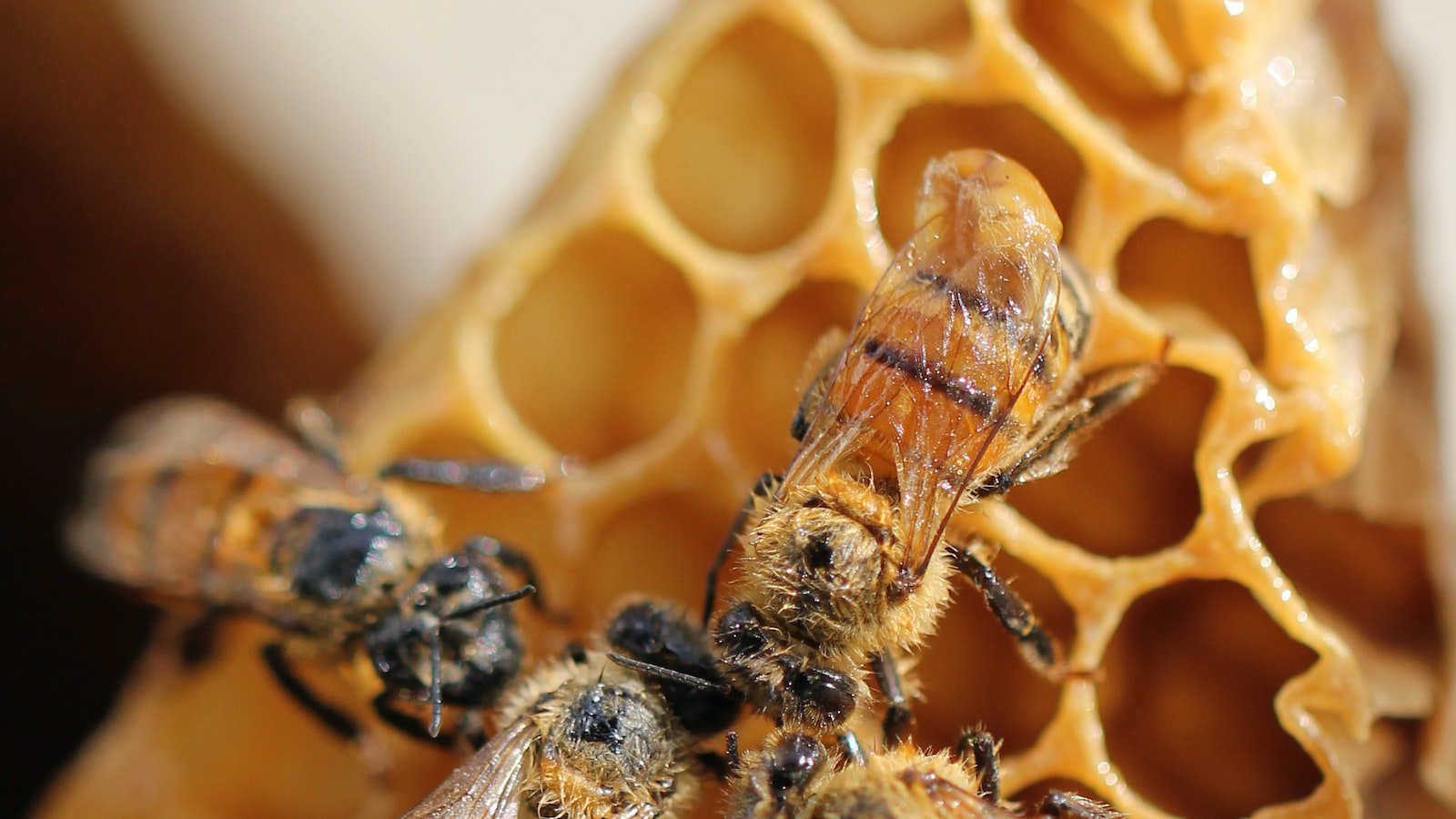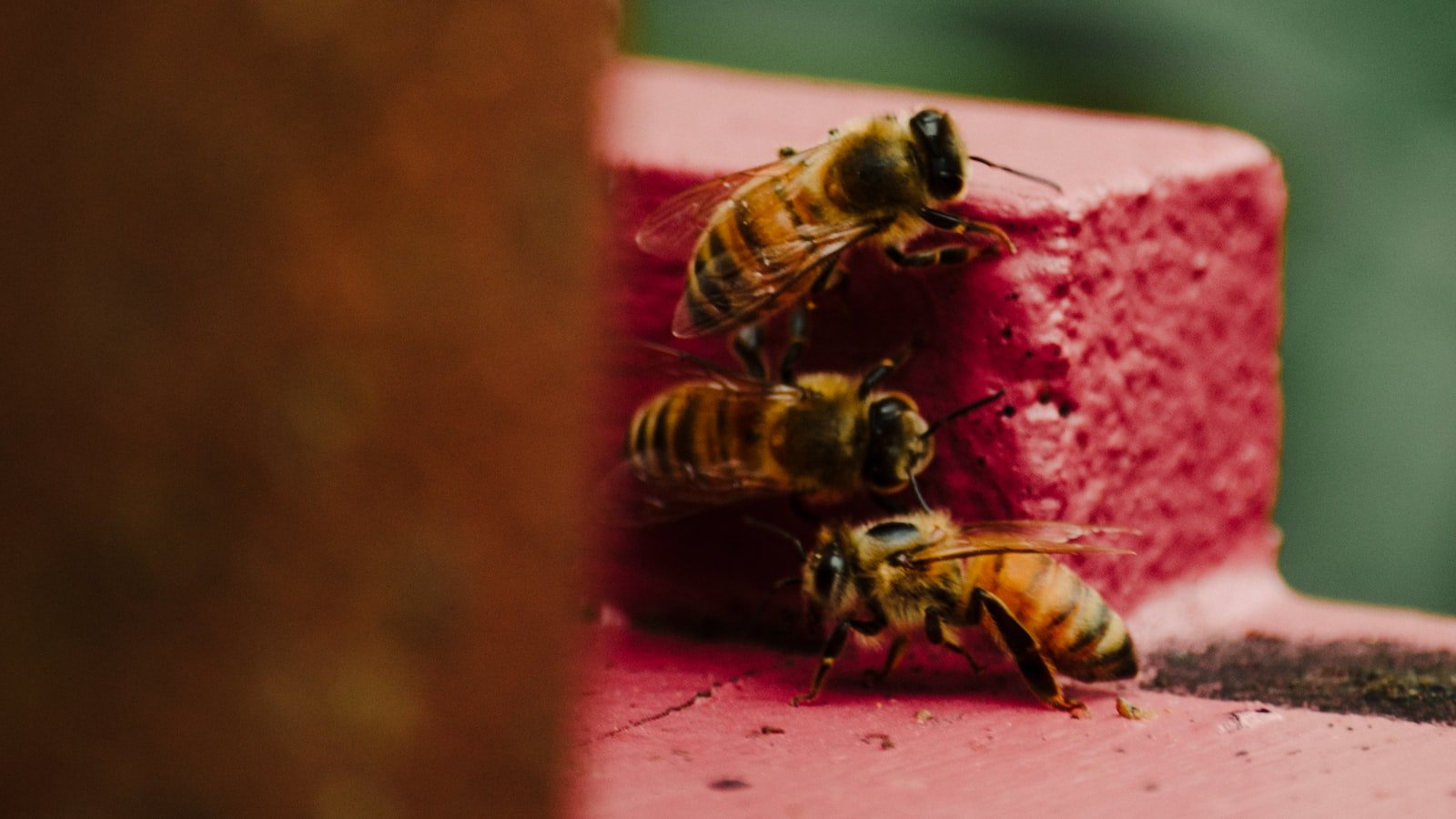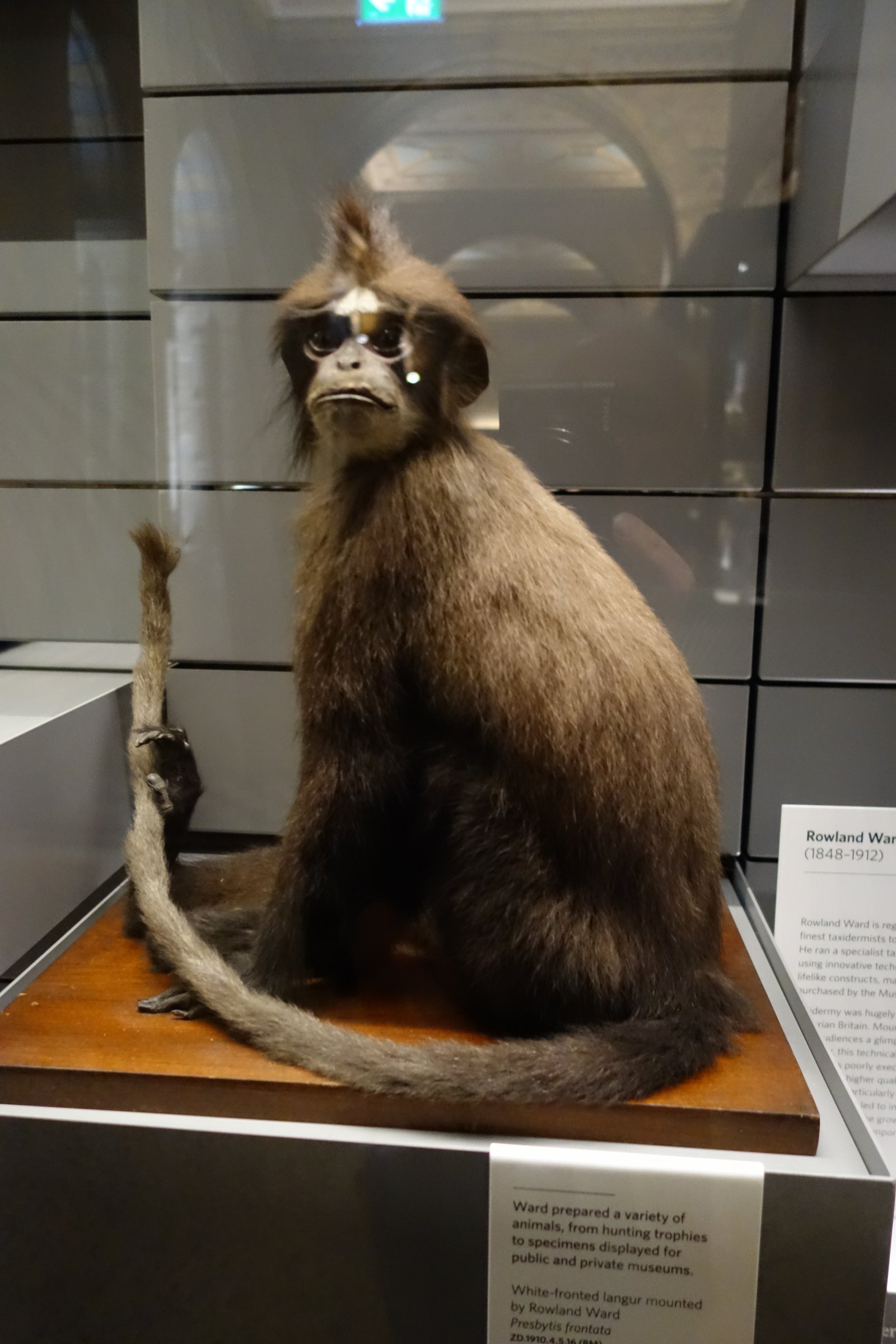In the realm of buzzing wings and vibrant meadows, a secret dance unfolds, hidden in the intricate world of bees. While their delicate wings and harmonious hums have long fascinated us, there is another silent language they employ, one that relies not on sound, but touch. Welcome to the mesmerizing realm of tactile communication among bees – a captivating guide that will unveil the beauty and complexity of their touch-driven society. Prepare to venture into their world, unlocking the mysterious realm of vibrations, antennal caresses, and subtle gestures, where every touch holds a profound meaning. Join us as we embark on a fascinating journey, revealing the untold wonders of how bees use touch to communicate, captivating the senses and our understanding of the natural world.
Table of Contents
- The Language of Touch: Understanding How Bees Communicate through Tactile Cues
- Unveiling the Intricacies of Bee Hives: Exploring the Role of Touch in Colony Organization
- Guiding Beekeepers: Utilizing Tactile Techniques to Enhance Hive Management
- Transforming Research: Studying Bee Tactile Communication for Environmental Conservation
- Unraveling the Secrets of Bee Society: Decoding the Language of Touch in Colony Dynamics
- Q&A
- Insights and Conclusions

The Language of Touch: Understanding How Bees Communicate through Tactile Cues
Bees are fascinating creatures that have a language all their own. Through their sensitive tactility, they communicate important information to their fellow hive members.
The language of touch is instrumental in relaying messages about food sources. Bees perform what is known as a ”waggle dance” to inform other bees about the location of nectar or pollen-rich flowers. This intricate dance involves a series of movements that convey both distance and direction. Remarkably, bees are able to communicate the exact location of a food source by using tactile cues such as the duration and intensity of their vibrations.
Not only do bees communicate about food, but they also use tactile cues to maintain harmony within the hive. They engage in grooming behavior, where they delicately touch and clean each other. Through grooming, bees are able to spread pheromones that help regulate the overall health of the colony and identify any potential intruders. It is through this gentle touch and exchange of chemical signals that bees establish bonds and create a unified social structure.

Unveiling the Intricacies of Bee Hives: Exploring the Role of Touch in Colony Organization
Within the buzzing world of honey bees, an intricate system of communication and organization lays hidden within the walls of their hives. Beyond their remarkable dance language and pheromonal signals, one often overlooked aspect of their social structure is the role of touch. Bees, with their astonishing sensory abilities, rely heavily on touch to navigate their surroundings, recognize nestmates, and maintain an efficient colony.
When a worker bee returns to the hive after a successful foraging trip, she is greeted by a welcoming committee of her fellow sisters. This touching ritual is not merely a display of affection but holds vital information. By gently brushing their antennae against one another, the bees exchange chemical signals known as hydrocarbons. These unique scents act as a form of identification, allowing bees to recognize each other and determine their roles within the colony.
- Touch plays a pivotal role in the feeding hierarchy within the hive, with nurse bees using their antennae to identify mouthparts and feed larvae.
- Through touch, bees can detect temperature variations within the hive, ensuring that the brood is kept at an optimal temperature critical for their development.
- Touching the queen bee is a treasured responsibility, as it reinforces the colony’s cohesion and fertility. Worker bees surround and groom the queen, spreading her pheromones via touch to maintain a sense of order and harmony within the hive.
By unraveling the delicate complexities of touch, we delve further into the mysteries of bee hive organization, gaining a deeper understanding of these remarkable creatures and their captivating lives.

Guiding Beekeepers: Utilizing Tactile Techniques to Enhance Hive Management
Tactile techniques can be a game-changer for beekeepers looking to enhance their hive management skills. By engaging our sense of touch, we can gain valuable insights into the health and well-being of our honeybee colonies.
One of the most effective tactile techniques is finger tapping along the hive walls. This simple yet powerful method allows beekeepers to assess the density and distribution of bees within the frames. A hollow sound indicates a lack of bees, while a solid, buzzing resonance suggests a thriving colony. Combining this technique with visual inspections allows us to identify potential issues such as brood irregularities or the presence of pest infestations.
Additionally, employing a gentle touch when handling frames can minimize stress and damage to bees and comb. By using smooth, controlled movements, we can avoid inadvertently squashing bees or breaking delicate comb structures. This not only ensures the well-being of the colony but also helps maintain honey production and overall hive productivity.
Why tactile techniques matter:
- Enhanced hive health: Tactile techniques give us a deeper understanding of the colony’s well-being, allowing for targeted interventions and proactive management to address potential issues before they escalate.
- Better queen assessment: By gently palpating the queen during inspections, we can detect abnormalities, such as deformities or injury, and take appropriate measures to ensure the queen’s health and longevity.
- Improved swarm prevention: The tactile examination of frames can reveal queen cells or swarm preparations, enabling beekeepers to intervene and prevent the loss of a portion of the colony.
As beekeepers, it is essential to employ various techniques to navigate the intricate world of hive management. Utilizing tactile methods not only strengthens our bond with the bees but also equips us with invaluable knowledge to promote their well-being and optimize honey production.

Transforming Research: Studying Bee Tactile Communication for Environmental Conservation
The fascinating world of bees never ceases to amaze us, and their extraordinary communication techniques have once again captivated the attention of researchers. Through our transformative research, we delve into the vital role of bee tactile communication in environmental conservation efforts.
With their delicate bodies and intricate behaviors, bees rely heavily on their sense of touch to convey essential information within the colony. Unlocking the secrets of their tactile communication opens up new possibilities for a deeper understanding of these remarkable creatures and their delicate ecosystem.
Our study involves observing and analyzing various aspects of bee behavior, focusing on the intricate patterns and movements associated with tactile communication. By dissecting these interactions, we aim to uncover the hidden mechanisms that facilitate effective communication within the hive, ultimately enabling us to develop innovative strategies for environmental conservation.
In our research, we employ cutting-edge technology to study bee behavior in unprecedented detail. We utilize advanced tracking systems to monitor their movements, microscopes to observe minute physical interactions, and specialized sensors to measure the subtleties of tactile communication. By bringing together the realms of technology and biology, we aim to revolutionize our understanding of bee communication and shape future conservation efforts.
Our key objectives in this transformative research include:
- Identifying and categorizing different tactile signals used by bees to convey information.
- Investigating the role of tactile communication in resource allocation and foraging behavior.
- Examining how environmental changes and human activities impact bee tactile communication.
- Formulating tangible guidelines for environmental conservation based on our research findings.
Unraveling the Secrets of Bee Society: Decoding the Language of Touch in Colony Dynamics
In the intricate world of honeybee colonies, a hidden language exists, woven through the delicate act of touch. Researchers across the globe have embarked on a quest to decipher the cryptic code that lies at the heart of bee society. Through meticulous observation and groundbreaking experiments, they have begun unraveling the secrets of this extraordinary communication system.
One of the key findings so far is that touch plays a vital role in maintaining the cohesive bond within a bee colony. Bees use touch to convey a wide range of messages to their fellow colony members. From gentle caresses to more assertive taps and jabs, each touch carries a specific meaning, shaping the dynamics of the entire hive.
By tracing the patterns of touch within a colony, researchers have identified a fascinating hierarchy of communication. It appears that certain bees have specialized roles as messengers, transmitting vital information through tactile interactions. These messages could include directions to food sources, danger warnings, or even instructions for swarming. The intricate language of touch is like a sophisticated dance, choreographed to secure the survival and prosperity of the entire bee society.
Unveiling the Code of Touch: Highlights
- Bees use a range of touches, including antennal contacts, vibration signals, and stomping, to convey important information.
- Research shows that the strength and frequency of touch correlate with the urgency of the message being communicated.
- Decoding the touch language opens up new avenues for understanding honeybee biology and could potentially benefit fields such as agriculture and conservation.
As scientists continue to delve into the intricate world of bee society, the potential applications of their findings are vast. By gaining a deeper understanding of the language of touch in colony dynamics, we may unlock new ways to support the bees that play a crucial role in our ecosystems and food production. The secrets of this hidden communication system may hold the key to a more harmonious coexistence between humans and nature.
Q&A
How do bees use touch to communicate?
Bees use touch to communicate through a variety of ways. They exchange information by touching each other with their antennae, legs, and proboscis. Through these tactile interactions, bees relay vital messages such as food source location, nest directions, and even social status within the hive.
What are some specific ways bees communicate through touch?
Bees perform a unique dance known as the “waggle dance” to convey information about distant food sources. By touching their nestmates with their antennae and body, they provide direction and distance through the intensity and duration of their movements, allowing other bees to locate the food easily. Additionally, bees exchange food and water through tactile contact, which strengthens the social bonds within the colony.
Why is touch an important form of communication for bees?
Touch plays a crucial role in bee communication because it allows for instantaneous transfer of information. As touch-based signals require physical contact, it ensures direct and accurate transmission of messages, eliminating the need for visual or auditory cues. This mode of communication is especially vital in dark hive environments and during flight when other sensory inputs might be limited.
How do bees use touch to signal alarm?
When faced with danger or disturbance, bees communicate alarm signals through touch. They release a unique pheromone called ”isopentyl acetate” to warn others. When a bee detects this chemical alarm, it extends its stinger and delivers a gentle touch to other bees to trigger a coordinated defense response against the threat.
Can bees differentiate between different tactile signals?
Yes, bees can differentiate between various tactile signals and interpret specific messages based on the type and location of touch. For instance, when a forager returns with nectar or pollen, it will perform specific movements called “trophallaxis” and “antennation” to signal the nature and quality of the food they brought.
What happens if a bee fails to respond to tactile signals?
Failure to respond to tactile signals can potentially disrupt the efficient functioning of the hive. If a bee does not respond to the waggle dance or fails to acknowledge alarm signals, it may miss out on crucial information or be unable to contribute to collective tasks effectively. Therefore, responding to touch-based communication is vital for the survival and success of the entire bee colony.
Insights and Conclusions
As we delve into the enchanting world of bees, we discover that their vibrant buzz resonates far beyond the realm of sound. Through the gentle caress of their delicate antennae and the intricate dance they perform, these tiny creatures unveil a tactile language that is as awe-inspiring as it is vital to their hive’s survival. With each brush and vibration, bees orchestrate a symphony of communication, a silent masterpiece that echoes the secrets of their vibrant society.
In this tactile guide, we have peeled back the hidden layers of their touch-based language, unraveling the complexities that lie beneath the tips of their wings. From tender antennal contact that conveys a loving embrace, to the urgent pulse that signals danger and commands an organized retreat, every touch carries profound meaning in the life of a bee.
So next time you find yourself strolling through a meadow abuzz with busy bees, take a moment to witness their secret dance. Observe as they brush against one another, exchanging vital information that keeps their society intertwined. Embrace the wonder of their communicative touch, for in that moment, you become an audience to a language that transcends words.
May this exploration of bees’ tactile communication invite you to look beyond the surface and discover the intricate beauty that lies within the touch of these tiny creatures. By delving into their world, we learn that communication need not always be spoken, but rather felt, sensed, and shared through the gentlest of touches. As we close the pages of this guide, let us carry this newfound understanding, cherishing the intricate dances that occur right beneath our fingertips in the buzzing world of bees.
As an affiliate, my content may feature links to products I personally use and recommend. By taking action, like subscribing or making a purchase, you’ll be supporting my work and fueling my taco cravings at the same time. Win-win, right?
Want to read more? Check out our Affiliate Disclosure page.